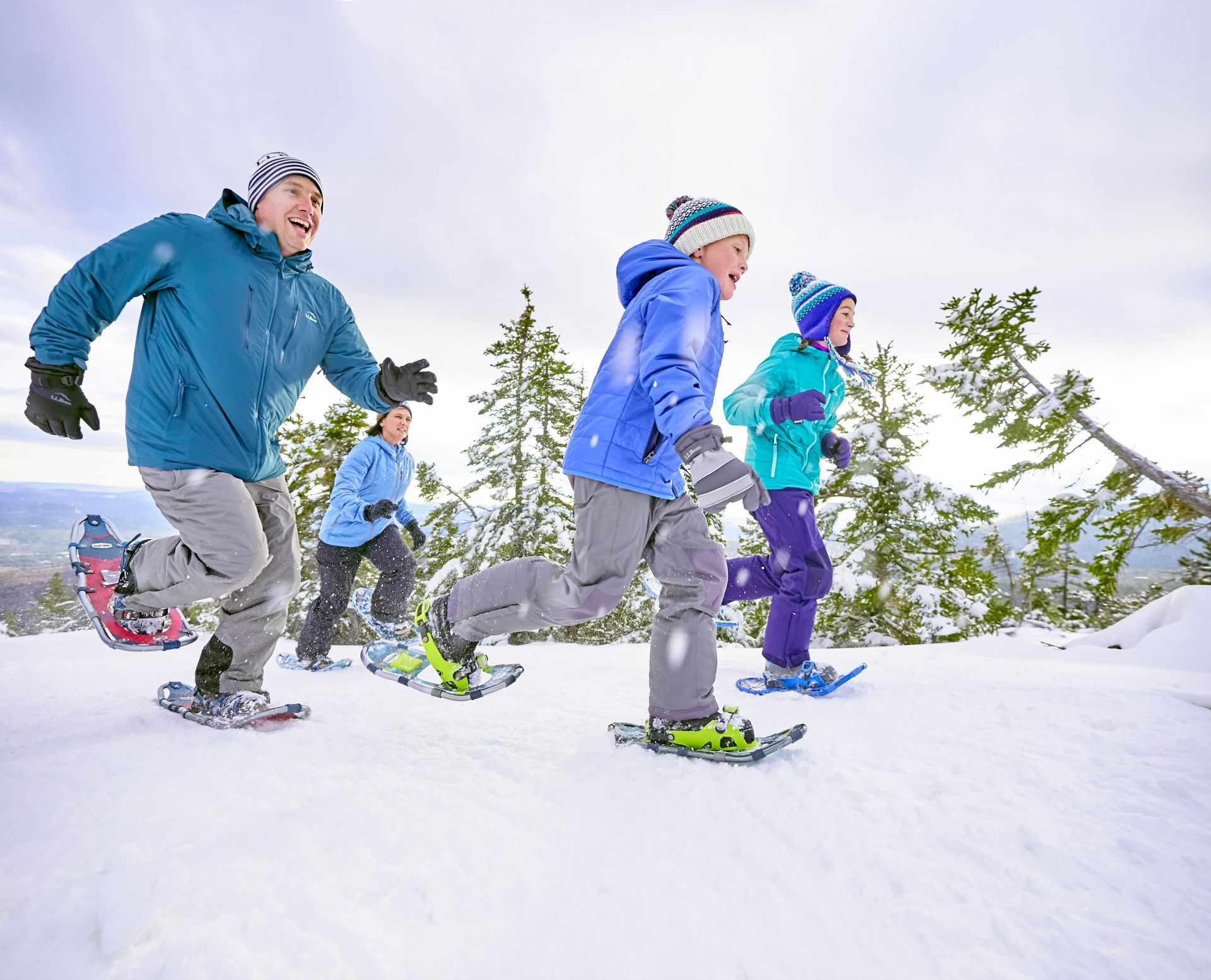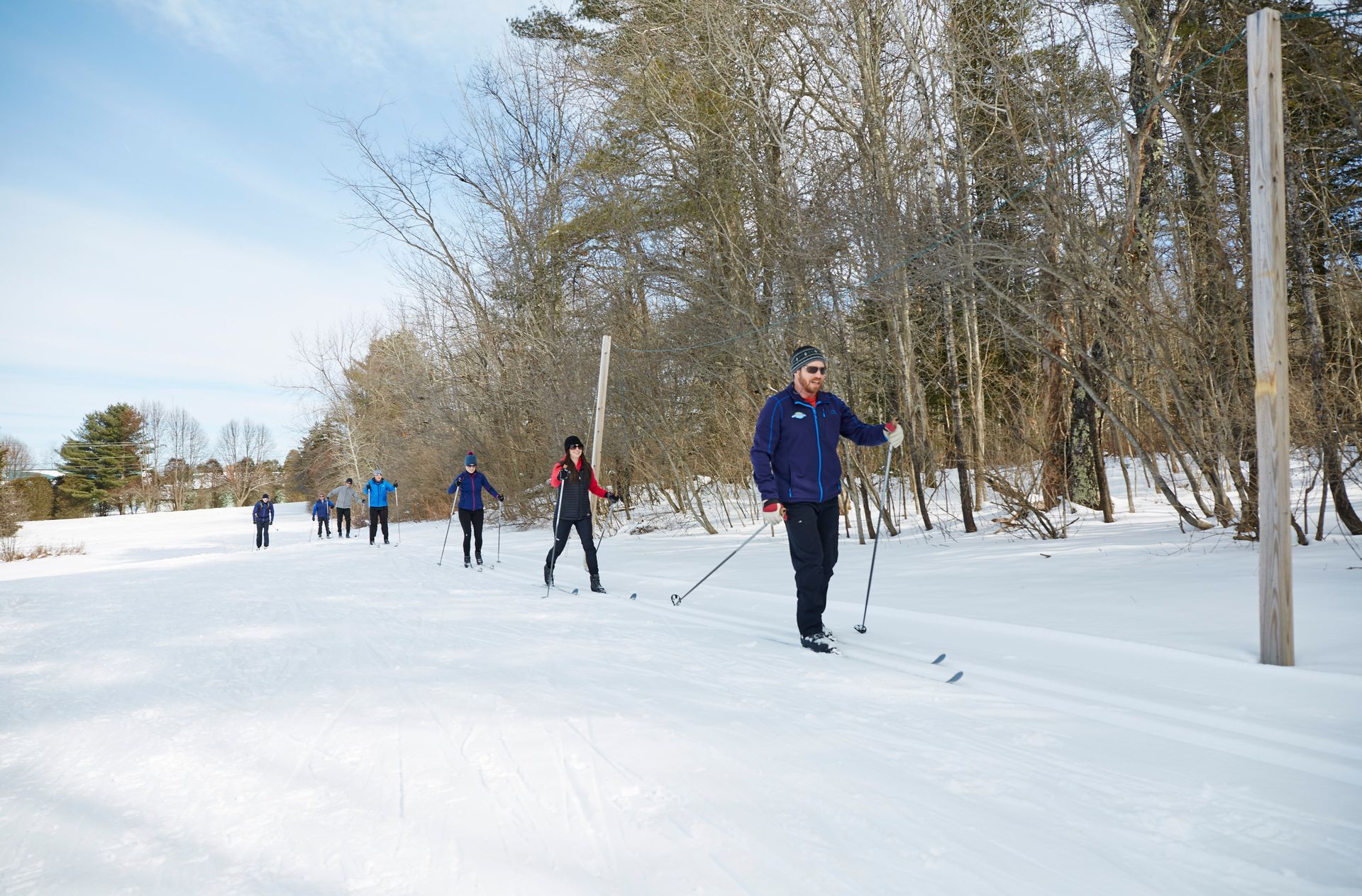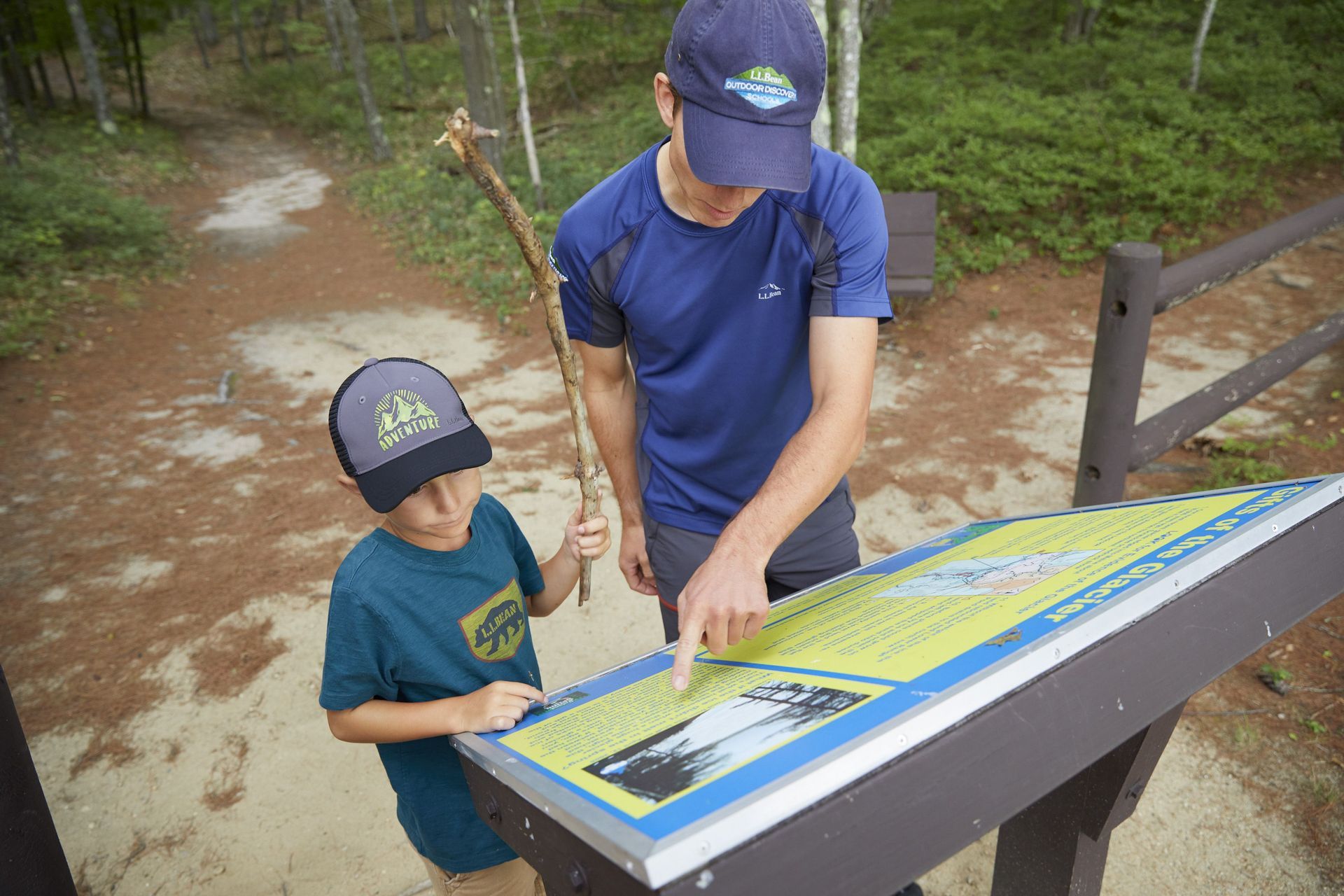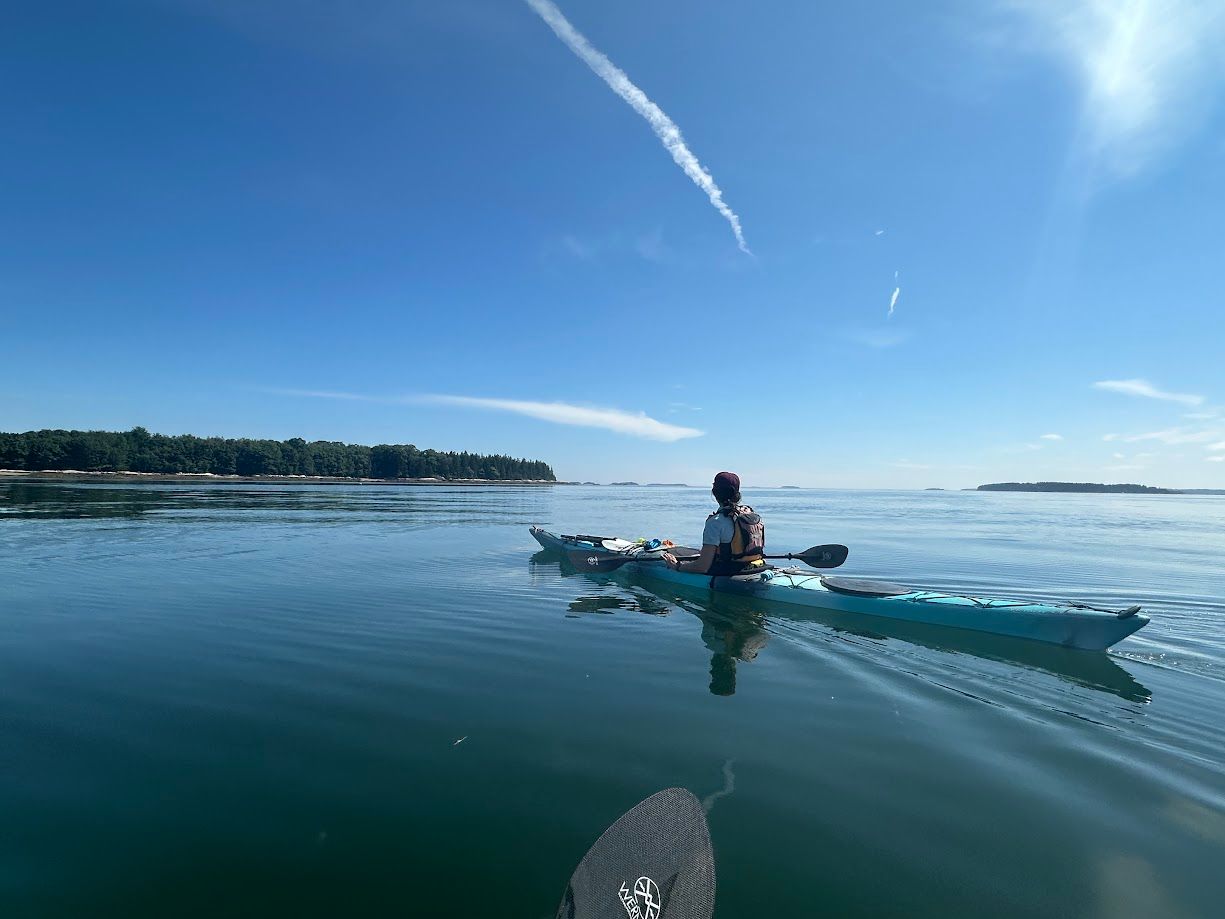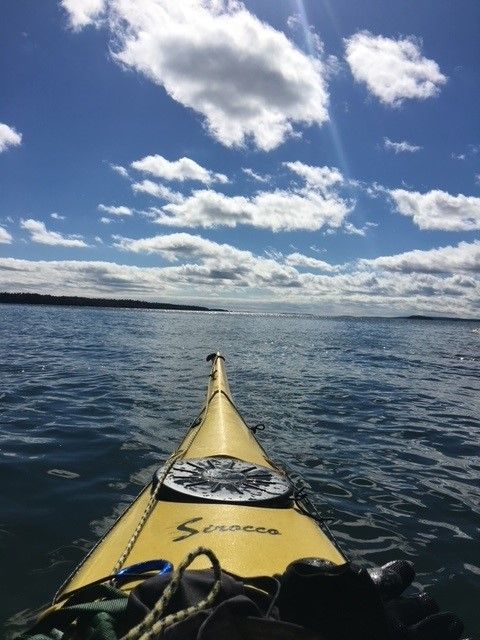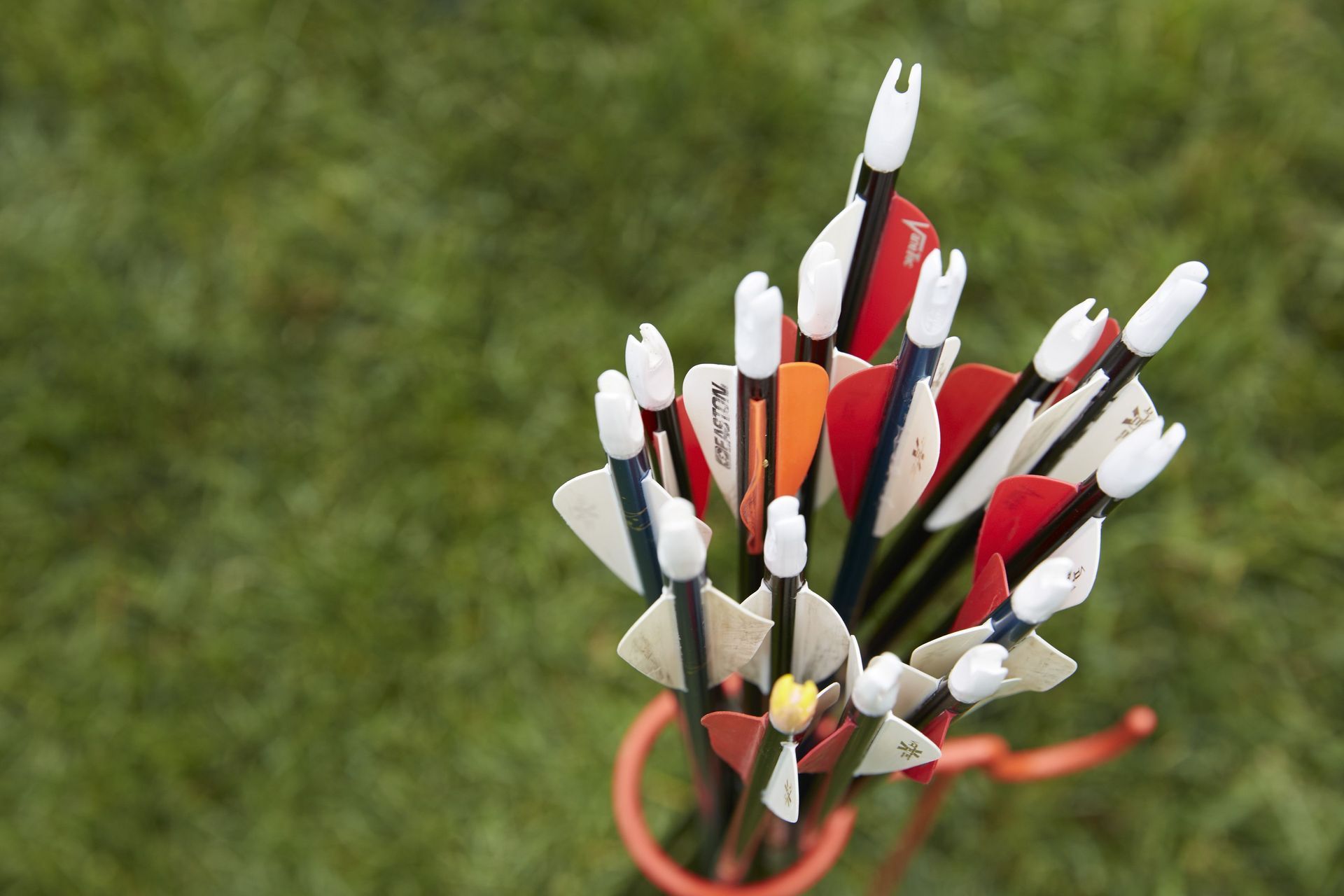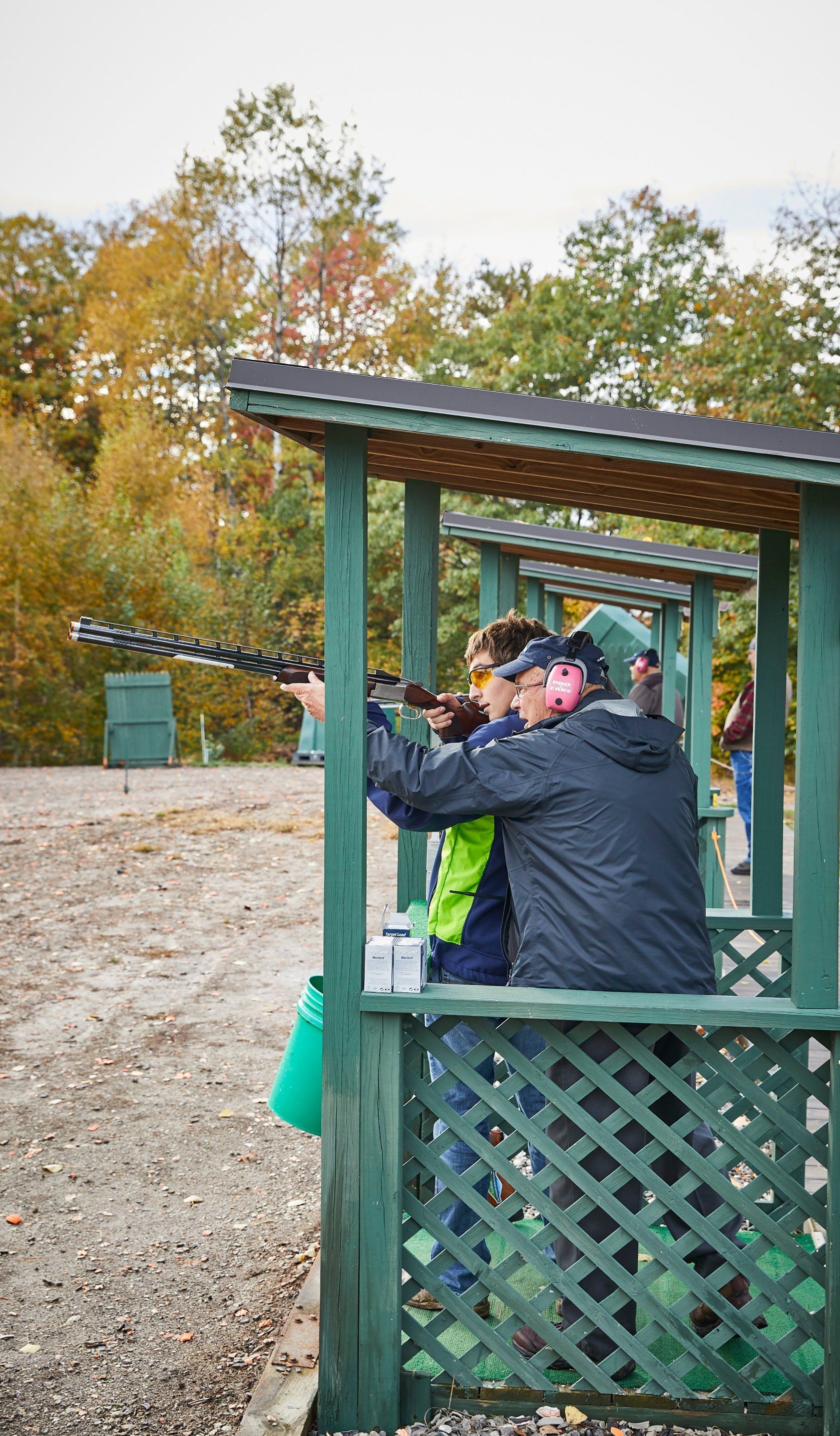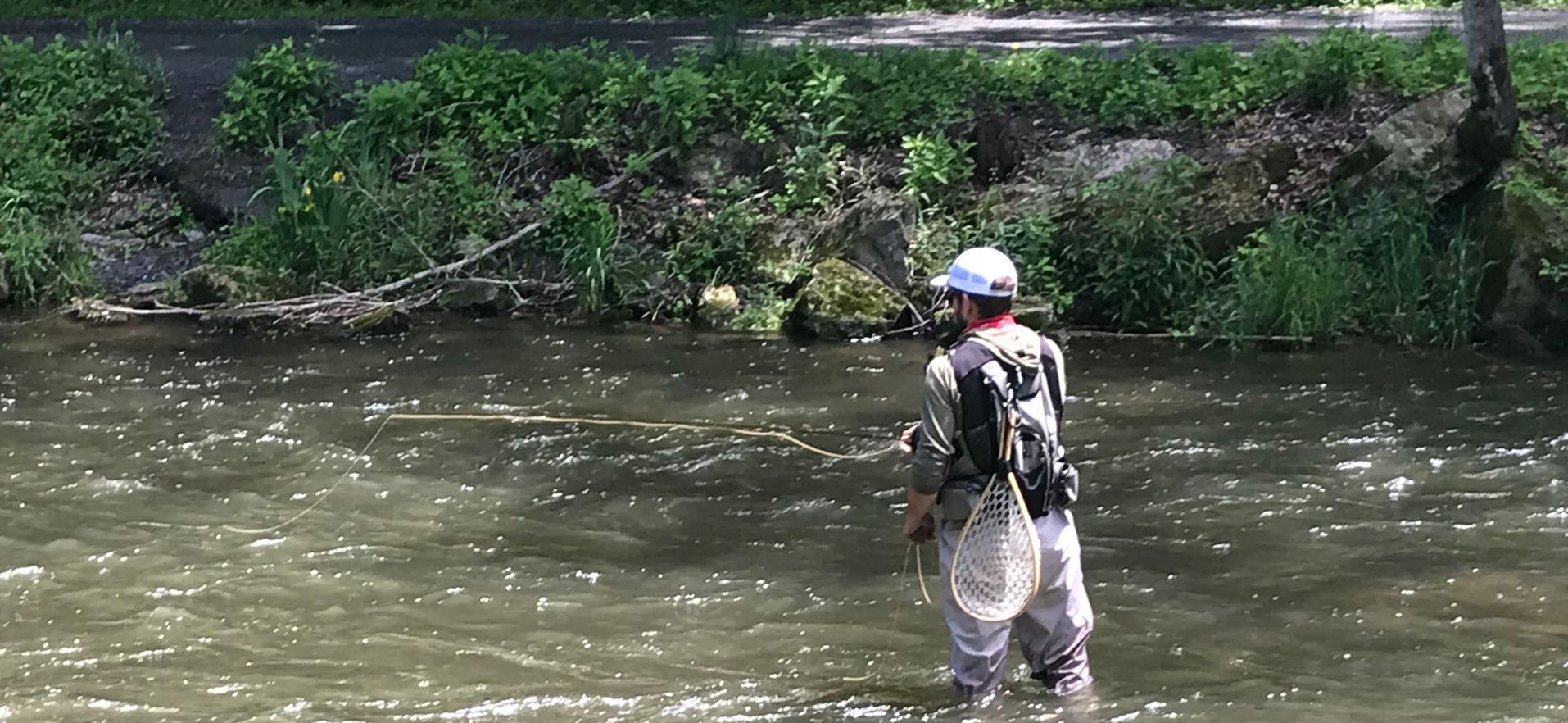Stand-Up Paddleboarding Essentials
BY WILLIAM P., ODP PROGRAM SUPERVISOR
Whether you're gliding across tranquil waters or navigating through choppy conditions, mastering fundamental stand-up paddleboarding (SUP) techniques will enhance your control, speed, and overall enjoyment on the water. And when you know how to choose equipment that’s perfect for your paddleboarding goals, you’ll always feel steady and confident. Here are some expert tips to help you get started!

Choose the proper board: Your experience level – and how and where you plan to paddle most often – will help determine which size and type of board will suit you best.
Length: The length of your SUP will impact its speed, maneuverability, and stability.
o Longer boards (10-12 feet or more) tend to track straighter and glide faster, making them suitable for long-distance paddling and touring.
o Shorter boards (under 10 feet) are more maneuverable and responsive, making them ideal for surfing or navigating narrow waterways.
Width: The width of your SUP plays a significant role in its stability.
o Wider boards provide more stability, making them easier to balance on, especially for beginners or those practicing yoga on the water.
o Narrower boards offer better maneuverability and are preferred by more experienced paddlers or those looking to race or surf.
Thickness: The thickness of a SUP determines its buoyancy and weight-bearing capacity.
o Thicker boards are more buoyant and can support heavier riders or additional gear.
o Thinner boards are lighter and may offer better performance for advanced paddlers, but they may not be as stable for beginners.
Hull Type: The design or shape of the board will determine the intended use.
o Planing Hull: Wider and flatter, it will be best for general use, including surfing.
o Displacement Hull: Deeper, pointed nose will cut through waves and rough water, increasing your speed and efficiency.
Inflatable or Rigid? Inflatable boards are easier to store and transport, while rigid boards will provide the highest performance.
Position Yourself Properly: Your positioning on the stand-up paddle board can significantly impact your ability to move effectively. Follow these guidelines to ensure optimal positioning:
Stance: Stand with your feet flat on the board (with or without shoes) and shoulder-width apart over the board's centerline (usually the handle). Your knees should be slightly bent.
Weight Distribution: Distribute your weight evenly between both feet, with a slight forward lean to engage the nose of the board for better tracking.
Balance: Keep your hips and shoulders aligned and centered over the board, adjusting your weight as needed to maintain stability in varying conditions.
Basic SUP Strokes
Forward Stroke: The foundation of effective movement on a stand-up paddle board lies in mastering a proper forward stroke. Follow these steps to paddle efficiently:
Grip: Hold the paddle with one hand on the top handle and the other hand on the shaft, ensuring the blade is angled forward.
Reach: Extend your arms forward and over your board while making sure to immerse the paddle blade fully into the water near the nose of the board. Keep the paddle vertical and keep the shaft close to the side edge of the SUP (otherwise known as the rail).
Rotate: Rotate your torso to push down as you paddle, utilizing your core muscles to enhance the power and efficiency of your strokes.
Pull: Engage your core muscles and use a full-body motion to pull the paddle through the water, stopping at your feet.
Exit: Smoothly exit the water at the end of each stroke and repeat!
Sweep Stroke: The sweep stroke is used for turning and maneuvering your SUP. A forward sweep starts at the nose of the board and finishes at the tail, while a reverse sweep starts at the tail and finishes at the nose. Follow these steps to execute an effective sweep stroke:
Bend Knees: Get low and keep your back flat.
Keep paddle shaft angle low: Having the paddle almost parallel to the water will provide the most effective and efficient turning motion.
Keep arms straight and use torso: Sweep your paddle using your torso for power, instead of your arms.
Draw a wide arc: Extend your paddle out to the nose of the board, with the blade perpendicular to the water, and sweep all the way to the tail in a smooth, slow motion. Remember, a reverse sweep starts at the tail and finishes at the nose.
Blade fully submerged: To maximize turning motion, ensure the entire blade is submerged from start to finish.

Essential Gear and Equipment: Paddleboarding is a sport that does not require a significant amount of equipment or accessories. At a minimum you will want to have a board leash and personal flotation device (PFD). The board leash is a simple piece of safety gear that keeps a loose board in reach and away from other paddlers and swimmers, whether you are surfing or touring. Many SUP’ers opt for an inflatable PFD, but regardless of your choice make sure it is Coast Guard approved and properly fit to you. Inflatable SUP’s will easily fit in the trunk of most any vehicle, while rigid boards will need a roof rack or other means to safely transport the board to and from the water.
As with any skill, practice is key to improving your stand-up paddleboarding strokes. Spend time honing your technique and challenge yourself to navigate various obstacles. With dedication and perseverance, you'll soon find yourself gliding effortlessly across the water, confident in your ability to move your paddle board with precision and grace.
Ready to get started? Find out what stand-up paddleboarding courses and tours L.L.Bean Outdoor Discovery Programs offers near you, starting at just $34.95! If you’re ready to get out there on your own, L.L.Bean also has a wide range of rigid and inflatable paddle boards and accessories.
For more expert tips, tricks, and advice, don’t miss our collection of how-to articles and videos on Explore L.L.Bean.

